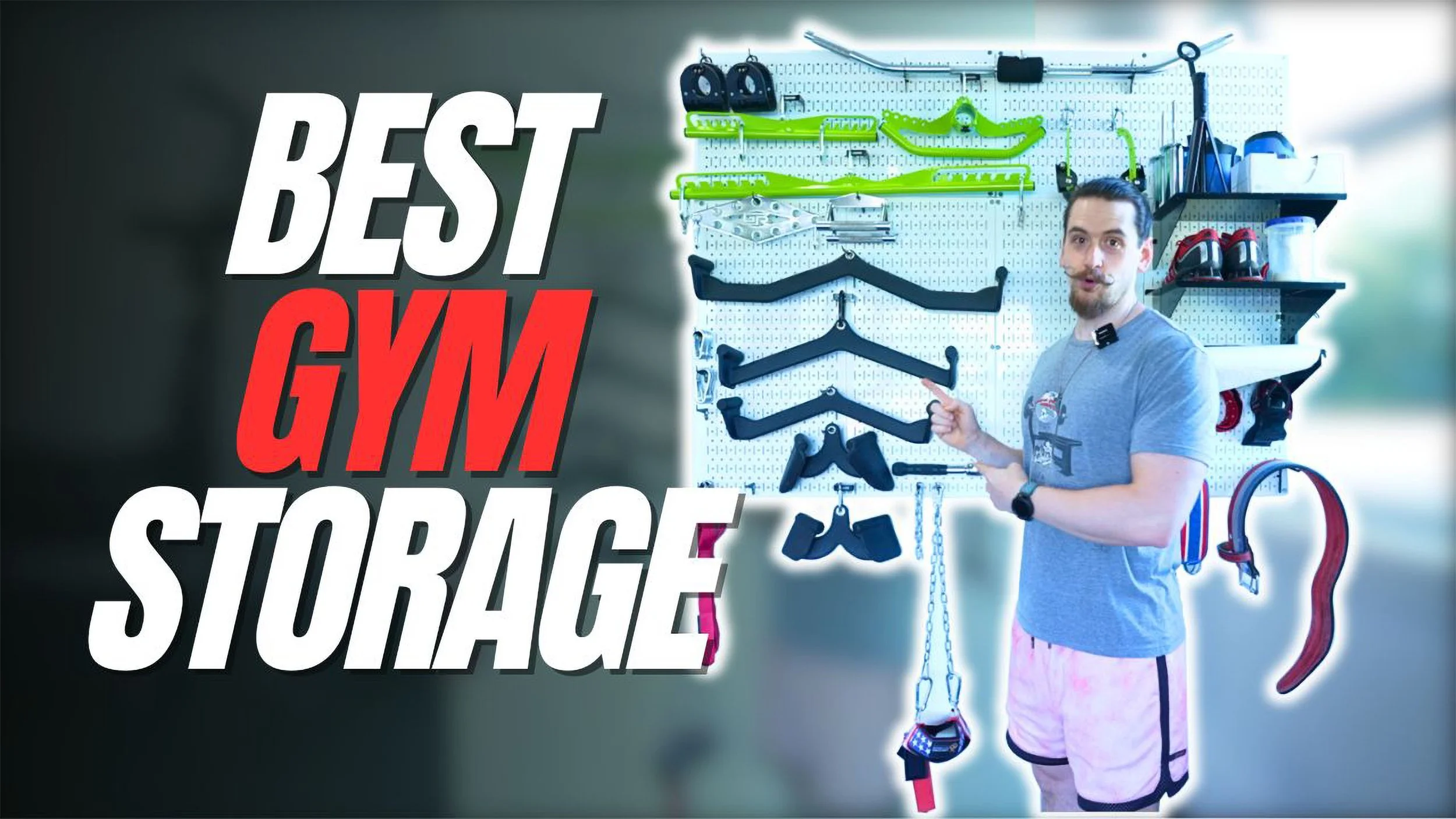Today we’re going to talk about how to perfect the bench press so you can safely lift more weight and build a muscular bulletproof chest.
I’m going to break this video up into 3 sections:
Muscles targeted
Setup and form
Common mistakes and how to fix them
Muscles Targeted by the Bench Press
Pec Major - horizontally adducts the shoulders by bringing the arms in.
Pec Major - also flexes the shoulder by bringing the arms up with the assistance of the Anterior Deltoid.
The Triceps - extend the elbows to lock out the arm.
Setup and Form
When setting up for the bench press, the first thing you should do is set your feet. The exact placement will vary depending on your height, but the goal is to get your feet slightly under your legs, while keeping your heels on the ground. Using lifting shoes will allow you to get your feet further under you while still keeping your heels on the ground.
From here, lay back onto the bench. Grab the uprights of the bench and use them to push your body forward, creating an arch in your back, while at the same time pushing your shoulder blades together. You’ll want to keep your shoulder blades contracted throughout the movement.
You’ll want to keep your shoulder blades contracted throughout the movement. Keeping the shoulder blades contracted and back arched is a stronger position, allowing for greater load to be used AND is a safer position for both the shoulder joint and the spine. At this point, your eyes should be under the barbell.
Grab the bar slightly wider than shoulder width. You can play with grip width to determine the width you’re strongest at, but a great starting point would be the width that places your wrists directly above your elbows when at the bottom of the movement. Personally, I grip the bar slightly wider than this.
When grabbing the bar, be sure to place the bar in the webbing between your index finger and thumb rather than across your palms. This will keep your wrists from bending backward, reducing risk of injury. Grip the bar tightly, push up on the bar, and bring it forward or have your spotter unrack the weight forward.
As a side note, you should always have a spotter when approaching maximal efforts.
Gripping the bar tightly seems to excite the nervous system, which allows the active muscles to fire more forcefully, allowing you to lift more weight.
Take a deep breath in and brace your core. If you don’t know what I mean by that, think about if you were bracing for someone to punch you in the gut.
Pull your arms in to about 45 degrees from your torso. Think about trying to bend the bar into a U shape. Closing off the angle of the shoulder joint will reduce risk of shoulder injury.
As your lower the bar, rather than lowering the bar straight down, the bar will travel down and forward in a slight arcing motion. The descent should take 1 - 2 seconds. Lowering the bar under control rather than just letting gravity bring the bar down, allows the muscles to store up force to propel the bar back up, similar to a spring. The bar should touch somewhere between the bottom of the pec muscles and the top abs.
When the bar touches your chest, pause just long enough for the bar to completely stop before pressing the weight back up. If you have powerlifting goals, this is something that’s required and even if you don’t, I would still recommend you do this because it will prevent you from using too much weight and bouncing the bar off your chest.
Press the bar back up in the same arcing path as it was lowered while driving your heels into the ground. Be sure not to press the bar so far back that you hit the rack. Simply bring your arms back into the vertical starting position.
Repeat this process for each additional rep and touch the same exact spot on your chest each time. This will allow you to deeply engrain that exact motor pattern, which will translate into being able to lift more weight.
Be sure to keep your head, shoulders, butt, and feet planted firmly throughout the entire lift.
Before moving on to common mistakes, I will mention when approaching maximal loads, you will experience a sticking point where the lift becomes more difficult and once you pass that sticking point, the lift becomes easier. The exact sticking point will vary from individual to individual, but in general, will be somewhere in the first half of the lift.
To help power through the sticking point, explosively press the bar off the chest so that when you approach the sticking point, the momentum can help carry you through. Additionally, you can use chest isolation and tricep isolation exercises to help strengthen the muscles involved in the lift.
Common Mistakes (and How to Fix Them)
The first and most common mistake I see is lowering the bar too quickly and bouncing the weight off the chest. Not only is this extremely dangerous, but it also causes you to miss out on the stretch response of the muscles that we talked about earlier, which will actually cause you to be able to lift less weight. Remember, the eccentric or negative phase of the lift should take 1 - 2 seconds.
The next mistake I see is placing the feet out in front. If you keep your feet out in front of you during the bench, they’ll have a tendency to want to come off the ground when you approach a sticking point. This will cause you to be less stable, greatly reducing the force output of the rep as well as making it more dangerous. Remember to keep your feet under your legs and forcefully drive your heels into the ground as you press the weight.
The last mistake I commonly see is flaring the elbows out. Not only does this place the shoulder joints in a less stable position, increasing the risk of injury, it’s also a weaker position because it forces you to press the bar straight up and down rather than the more natural arcing motion. As I said earlier, keep your arms tucked in so that your arms make approximately a 45 degree angle with your sides.
And there you have it, all the steps you need to perfect the bench press and start building muscle and strength.
Question of the day: How much do you bench? Let me know in the comments and I'll list my max as well.
If you enjoyed the video, check out my guide on how to perfect the deadlift next.
Thank you so much for watching! If you found this information helpful and want to help the Treadaway Training blogcast grow, simply share this post with a friend. If you like what I have to say, sign up below to become a Treadaway Training insider or check out my YouTube channel. I will be back here Saturday with another fat loss topic. As always, God bless you AND your family and I'll see you Saturday.






